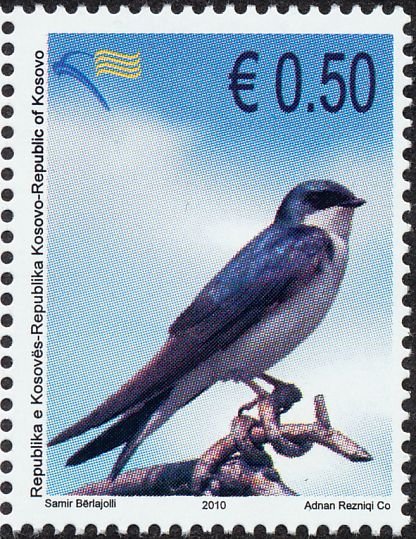Throughout North America, many species of aerial insectivorous birds have exhibited steep declines. The timing of these declines coincides with changes in agriculture, perhaps signaling a causal link. Increased agrochemical use, wetland drainage, and cropping intensity may indirectly influence insectivores by reducing the abundance of insect prey. Our objective was to determine whether changes in insect abundance and biomass on agricultural landscapes in the Canadian Prairies influence the foraging behaviour of breeding Tree Swallows (Tachycineta bicolor (Vieillot, 1808)). Swallows were studied at five sites with varying levels of agricultural intensity in Saskatchewan, where insect abundance and biomass were monitored daily with passive aerial samplers. Radio-frequency identification (RFID) technology was employed at Tree Swallow nest boxes to investigate adult foraging behaviour. Foraging rates (number of nest visits/h) were slightly higher on agricultural sites than at grassland sites, and were positively related to daily insect biomass and nestling age. Tree Swallows, especially males, breeding at agricultural sites spent more time away from the nest box, presumably foraging, resulting in reduced nest attentiveness. RFID technology provides an effective technique to measure behaviour in birds and these findings suggest mechanisms by which prey abundance and agricultural land use may affect declining aerial insectivorous bird populations.
Source: R.L. Stanton, C.A. Morrissey, and R.G. Clark. Canadian Journal of Zoology, 2016, 94(9): 637-642

- Login om te reageren
